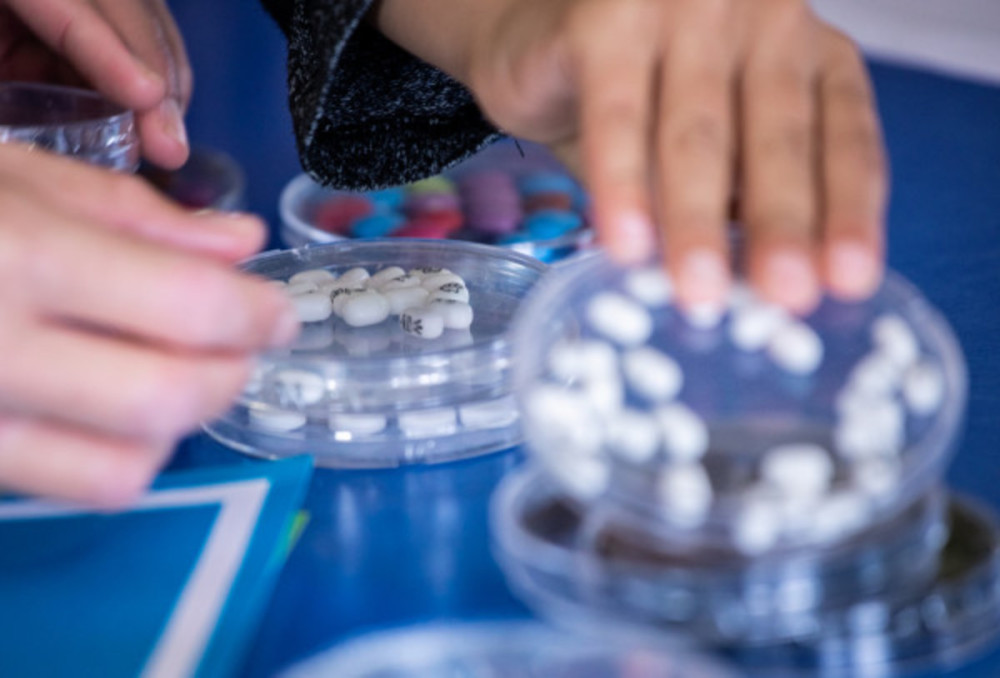Poisoning: 1 - 2 years

How big a problem is it?
Poisoning is the sixth-leading cause of non-fatal unintentional injury in children aged 0-14. Around 3 children aged 1-2 are hospitalised from a poisoning injury each week.
This is because young children are naturally curious and learn by putting things in their mouths. They’re too young to know the difference between what is safe and what is dangerous and love to explore closed cupboards, rooms and storage spaces.
Who does it affect?
It affects younger children disproportionately. Most poisonings happen at home and involve everyday items such as cleaning products, medications, cosmetics, button batteries, glue, alcohol and even plants. Young kids aren’t necessarily put off by a bitter or sour taste especially if things look like lollies or are being stored in the wrong container.
Male and female children are hospitalised at similar rates though Māori children are disproportionately more likely to be hospitalised from poisoning. The good news is that there has been a steady decline in hospitalisations from unintentional poisoning in children over the last decade.
Prevention works and there are a number of things you can do to prevent an accidental poisoning in your household or community.
Top Tips
Be S.A.F.E.
|
People working in injury prevention also suggest the following tips will help your child avoid injury.
Take a good look around your home for any unwanted or expired medications or chemicals and dispose of them safely.
If you become distracted while using a cleaning product, take it with you when you deal with the issue.
It’s tempting to refer to medicines and vitamins as lollies, however this is confusing and potentially dangerous to a young child as they may seek them out when you’re not looking. Best to avoid this.
First Aid
If your child has swallowed something and you’re not sure if it may have a poisonous effect, phone the National Poisons Centre on 0800 POISON (0800 764 766). Call 111 if the child is unconscious or has stopped breathing and start CPR immediately. See the CPR instructions for babies and toddlers. Do not stop performing CPR until medical help arrives and takes over. This page includes a link to KidsHealth and a page containing the Basic Life Support Flow Chart. The Basic Life Support Flow Chart is developed by the New Zealand Resuscitation Council and Australian Resuscitation Council. For more information see www.nrc.org.nz
This page includes a link to KidsHealth and a page containing the Basic Life Support Flow Chart. The Basic Life Support Flow Chart is developed by the New Zealand Resuscitation Council and Australian Resuscitation Council. For more information see www.nrc.org.nz
Links to Safekids’ resources
Download Poisons reference card
Poisoning Prevention Resources
Links to other organisations’ resources
New Zealand's National Poisons Centre
Public Health Surveillance - Chemical Injuries Surveillance
Landcare Research Manaaki Whenua Factsheet on Poisonous Plants
